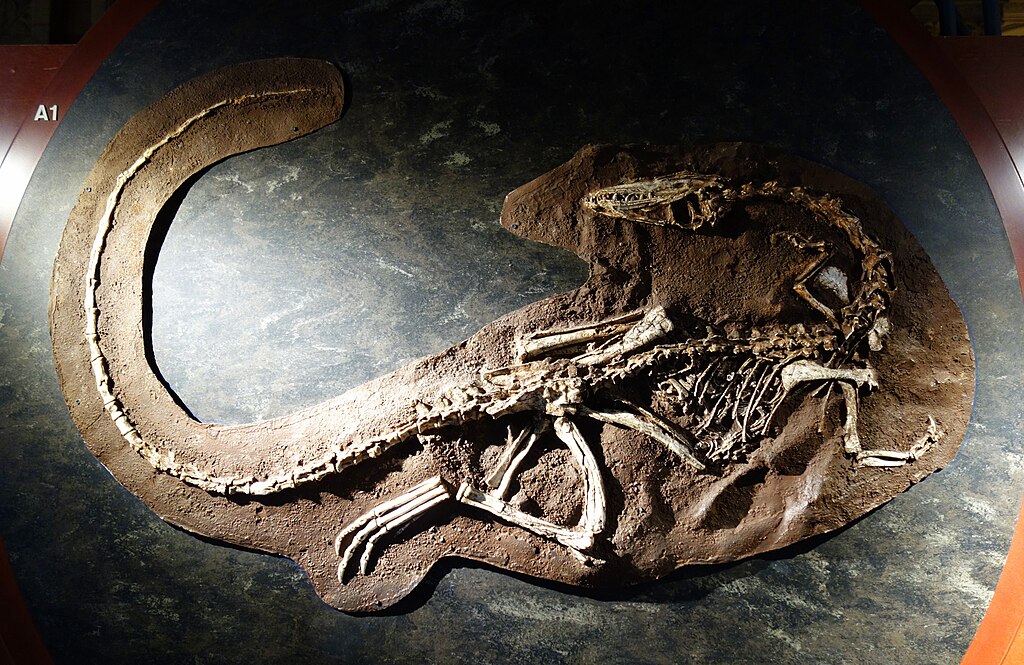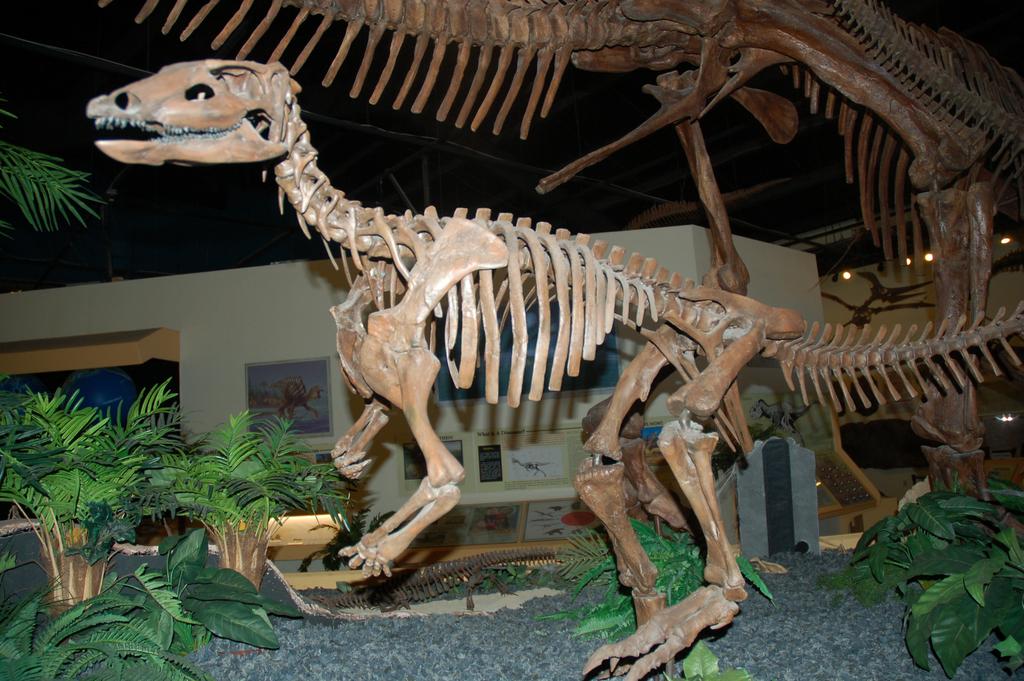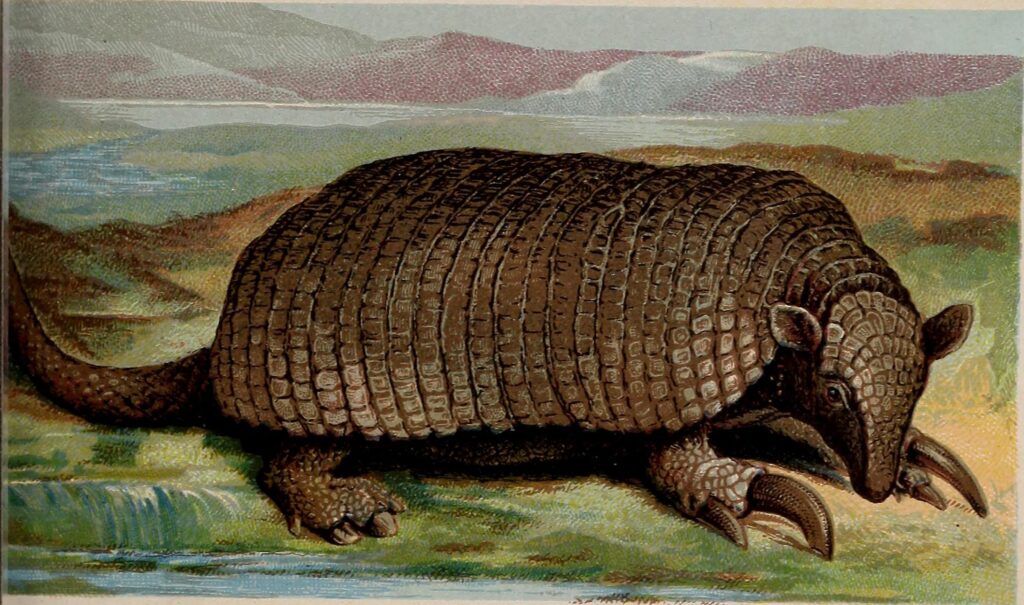For over a century, paleontologists have been working to organize dinosaurs into a comprehensive family tree, placing each species in its proper evolutionary context. This taxonomic framework has been the backbone of dinosaur science, helping researchers understand relationships between different dinosaur groups and how they evolved over millions of years. But in recent years, dramatic shifts in our understanding have thrown this carefully constructed system into disarray. New fossil discoveries, advanced analytical techniques, and revolutionary approaches to classification have created significant upheaval in dinosaur taxonomy. Surprisingly, this scientific chaos might actually represent progress—a sign that dinosaur science is experiencing a renaissance of discovery and reinterpretation that could ultimately lead to a more accurate understanding of these magnificent creatures.
The Traditional Dinosaur Classification System

The classic dinosaur family tree that most of us learned in school was relatively straightforward. Dinosaurs were typically divided into two major groups based on their hip structure: the Ornithischia (bird-hipped dinosaurs) and the Saurischia (lizard-hipped dinosaurs). The Ornithischia included familiar plant-eaters like Stegosaurus, Triceratops, and duck-billed dinosaurs, while Saurischia contained both the long-necked sauropods and all theropods, including Tyrannosaurus rex and the ancestors of modern birds. This system, established by Harry Govier Seeley in 1887, provided a tidy framework that stood relatively unchanged for over a century. Paleontologists worked within this system, gradually adding new species and refining relationships between various dinosaur groups while maintaining the fundamental division established by Seeley’s hip-based classification.
The Bombshell That Shook Dinosaur Science
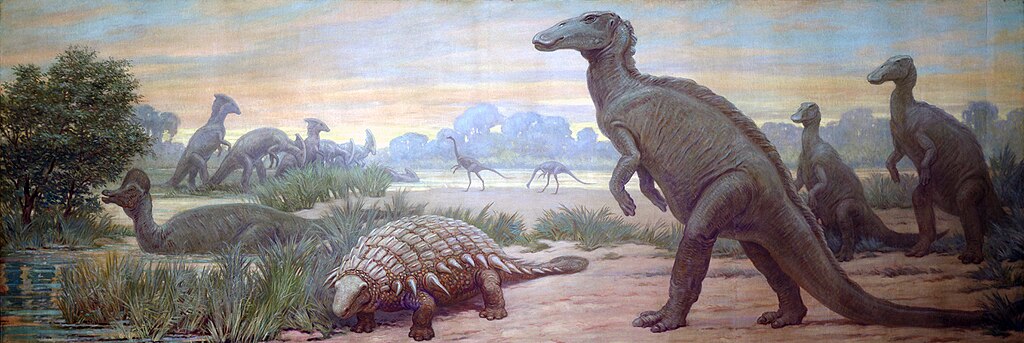
In 2017, a seismic shift occurred in dinosaur taxonomy when researchers led by Matthew Baron published a groundbreaking study in the journal Nature that proposed a radical reorganization of the dinosaur family tree. Based on a comprehensive analysis of anatomical features across numerous dinosaur species, Baron and his team suggested that theropods might actually be more closely related to ornithischians than to sauropods, effectively dismantling the traditional Saurischia group. This revolutionary hypothesis, dubbed the “Ornithoscelida” model, suggested that the fundamental division that had organized dinosaur classification for 130 years might be incorrect. The study sent shockwaves through the paleontological community, with some researchers embracing the new model and others defending the traditional classification. This controversy highlighted just how tentative our understanding of dinosaur relationships really was.
The Problem of Incomplete Evidence

One fundamental challenge in establishing dinosaur relationships is the fragmentary nature of the fossil record. Unlike biologists studying living organisms, paleontologists must work with incomplete specimens that have undergone millions of years of fossilization, distortion, and erosion. Many dinosaur species are known from just a few bones or partial skeletons, making it difficult to establish definitive relationships. For example, the earliest dinosaurs from the Late Triassic period are particularly poorly represented, yet understanding these ancestral forms is crucial for mapping out how major dinosaur groups diverged. The situation is further complicated by sampling biases, as fossils from certain regions and time periods are better preserved and more thoroughly collected than others. These gaps in the fossil record create significant uncertainty in reconstructing the dinosaur family tree, leaving room for multiple interpretations of the available evidence.
The Influence of New Analytical Methods
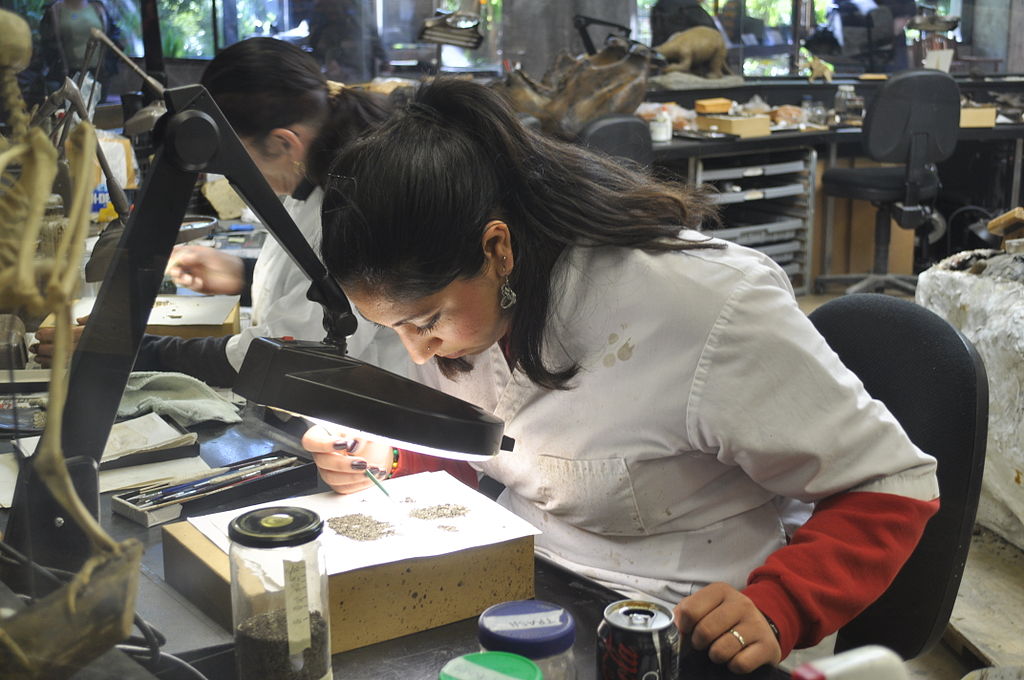
Advances in computational methods have dramatically changed how paleontologists analyze relationships between dinosaur species. Traditional classification often relied heavily on a few key anatomical features and expert judgment, but modern cladistic analyses use sophisticated computer algorithms to evaluate hundreds of anatomical characteristics simultaneously. These phylogenetic analyses generate family trees based on shared derived traits, providing a more rigorous mathematical foundation for classification. However, these methods are not without problems. Different researchers may code the same anatomical features differently, choose different characters to analyze, or employ different computational models, leading to conflicting results. The increasing sophistication of these analytical tools has paradoxically led to less consensus in some areas of dinosaur classification, as competing methodologies yield different evolutionary trees. This methodological diversity has contributed significantly to the current uncertainty in dinosaur taxonomy.
Discovering Dinosaurs That Break the Rules
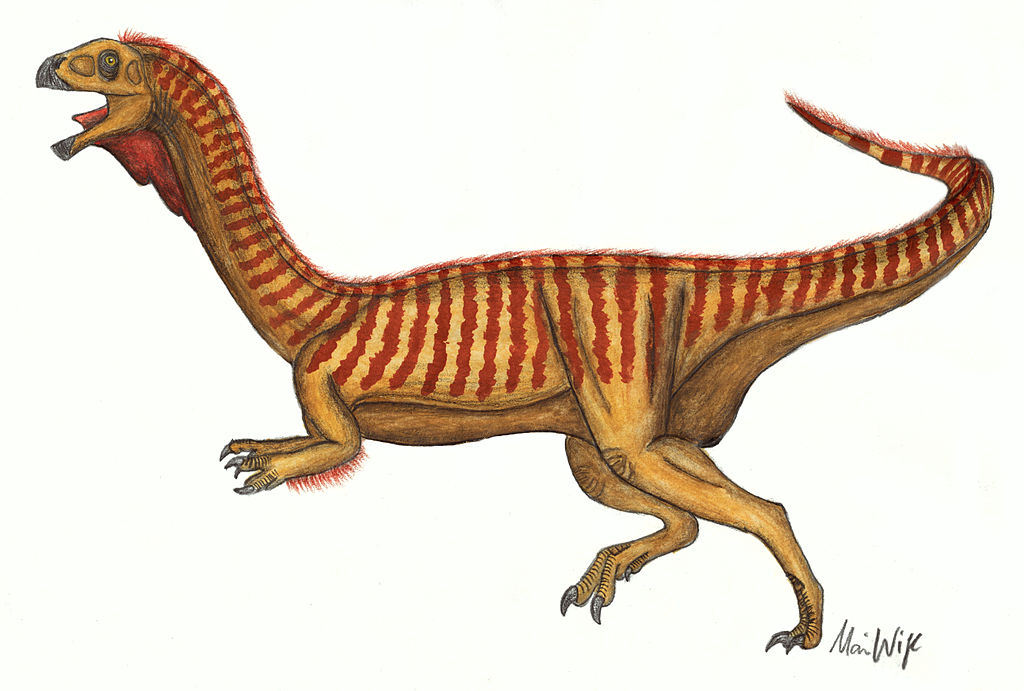
Recent fossil discoveries have uncovered dinosaur species that defy easy classification, blurring the boundaries between established groups. Chilesaurus, discovered in 2015, provides a perfect example of a taxonomic puzzle. This plant-eating dinosaur from the Late Jurassic of South America combines features of theropods, ornithischians, and sauropodomorphs, making it difficult to place in the family tree. Similarly, feathered dinosaurs from China have revealed unexpected combinations of features that challenge traditional groupings. Creatures like Yi qi, with its bat-like membrane wings, and Ambopteryx, with similarly unusual flight adaptations, demonstrate evolution experimenting with body plans that don’t fit neatly into our classification boxes. These evolutionary “misfits” suggest that dinosaur evolution was more complex and less linear than previously thought, with convergent evolution and mosaic evolution producing species that defy simple categorization.
The Early Evolution Conundrum

Understanding the earliest dinosaurs is crucial for resolving classification problems, yet this period remains poorly understood. The first dinosaurs emerged during the Late Triassic period, around 230 million years ago, but fossils from this pivotal time are relatively rare. Recent discoveries of early dinosauromorphs (dinosaur precursors) and primitive dinosaurs like Nyasasaurus from Tanzania and Herrerasaurus from Argentina have provided important glimpses into early dinosaur evolution, but significant questions remain. Were the earliest dinosaurs carnivores or omnivores? Did they walk on two legs or four? How quickly did the major dinosaur lineages diverge from one another? Without clear answers to these questions, establishing the base of the dinosaur family tree remains challenging. The transitional forms that would clarify relationships between major dinosaur groups are often missing, creating a foundation of uncertainty that ripples throughout dinosaur classification.
The Birds-Are-Dinosaurs Revolution

Perhaps the most successful aspect of modern dinosaur classification has been the overwhelming evidence that birds are, in fact, a specialized group of theropod dinosaurs that survived the end-Cretaceous extinction event. This realization, firmly established by the 1990s, has profoundly affected how we understand dinosaur evolution and classification. Modern birds provide living evidence for dinosaur biology, behavior, and soft tissue anatomy that fossils alone cannot reveal. However, integrating birds into the dinosaur family tree has its own complications. Should we classify birds as a subgroup within dinosaurs, or should we redefine dinosaurs to exclude birds, making traditional dinosaurs just the “non-avian dinosaurs”? The classification of transitional forms between non-avian theropods and early birds, such as Archaeopteryx, Microraptor, and other feathered dinosaurs, remains particularly fluid as new discoveries continue to fill in this evolutionary transition. The bird-dinosaur connection represents both a triumph of modern paleontology and an ongoing challenge for taxonomic precision.
The Rise of Molecular Evidence and Its Limitations
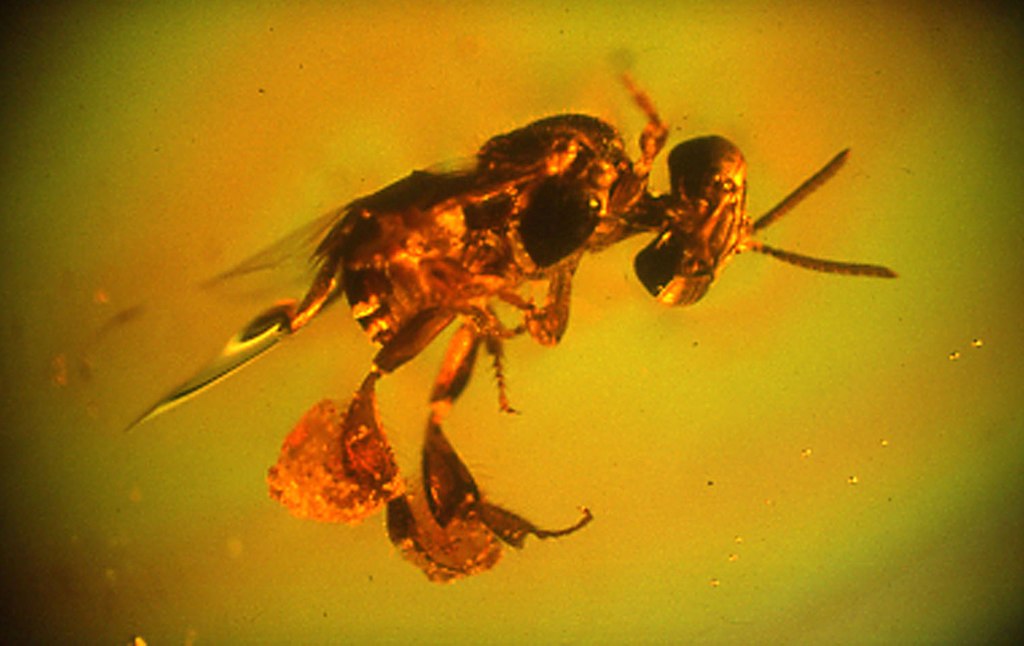
In living organisms, molecular evidence from DNA and proteins has revolutionized classification, often overturning relationships previously established through anatomical comparisons. Unfortunately, this powerful tool has limited applicability for dinosaur classification. Ancient DNA degrades over time, with reliable DNA sequences typically unavailable for specimens older than about one million years—far short of the 66+ million years since the last non-avian dinosaurs went extinct. However, recent technological advances have opened some promising avenues. Studies have identified preserved protein fragments in some exceptionally preserved dinosaur fossils, including collagen sequences from Tyrannosaurus and Brachylophosaurus specimens. While these molecular fossils are extremely rare and provide limited data compared to complete genomes, they offer tantalizing glimpses of the potential for molecular evidence to eventually complement anatomical studies. For now, though, dinosaur classification remains primarily dependent on morphological evidence, lacking the molecular clarity that has resolved many contentious relationships among living organisms.
The Dynamic Nature of Scientific Classification
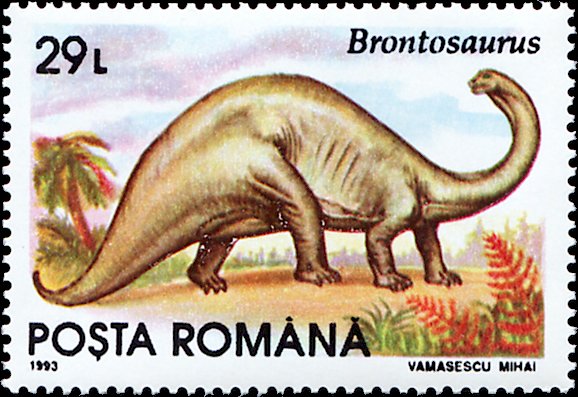
The current uncertainty in dinosaur classification reflects the inherently provisional nature of all scientific knowledge. Classification systems are human constructs designed to organize our understanding of the natural world, not immutable truths etched in stone. As new evidence emerges and analytical methods improve, classifications naturally evolve. This process is actually healthy for science, even when it creates temporary confusion. The vigorous debates surrounding dinosaur classification indicate an active, engaged scientific community testing hypotheses against new evidence. The current messy state of dinosaur taxonomy represents science functioning as it should—questioning established ideas, proposing alternatives, and rigorously testing them. While this process may seem chaotic from the outside, it’s precisely this critical questioning and evidence-based revision that moves science forward. The dinosaur family tree isn’t “broken”—it’s actively evolving as our knowledge expands.
Educational Challenges and Opportunities
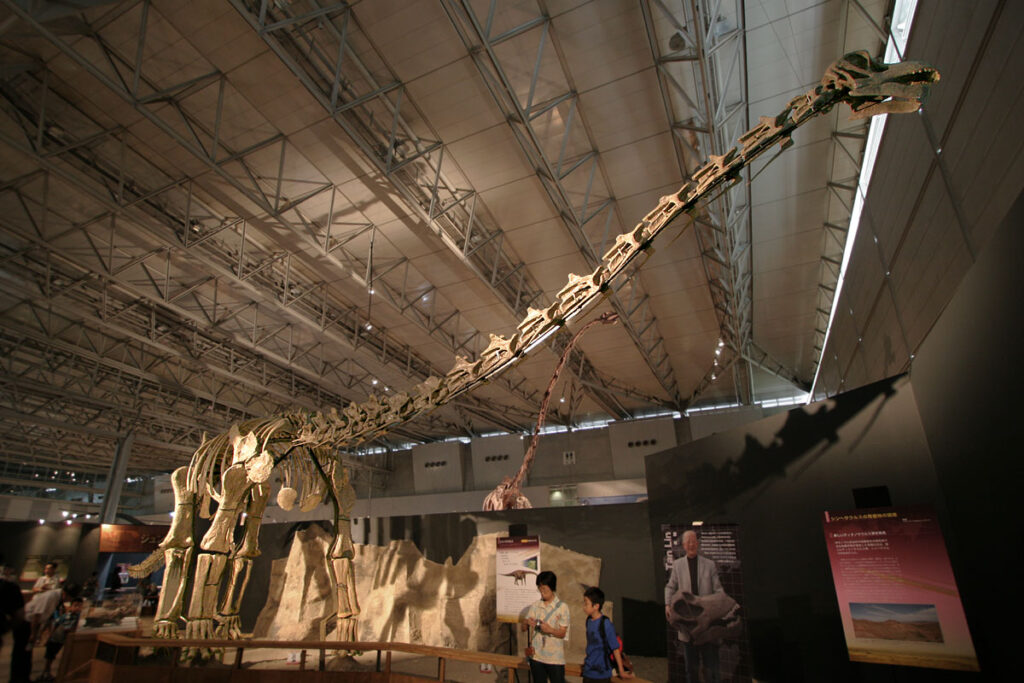
The shifting state of dinosaur classification presents both challenges and opportunities for science education. For educators and museum curators, it can be frustrating to update exhibits and materials as classifications change. Children who memorize dinosaur names and groups may be confused when new arrangements contradict what they’ve learned. However, this situation also provides an excellent opportunity to teach how science actually works. Rather than presenting scientific knowledge as fixed and unchanging, the evolving dinosaur family tree demonstrates the dynamic, self-correcting nature of scientific inquiry. Educational materials can embrace this uncertainty, explaining how scientists develop and test competing hypotheses. By showing science as an ongoing process rather than a static body of facts, the changing dinosaur family tree can help develop scientific literacy and critical thinking skills. Some museums have even created exhibits specifically focused on how and why classifications change, turning taxonomic uncertainty into an educational strength.
Future Directions in Dinosaur Classification
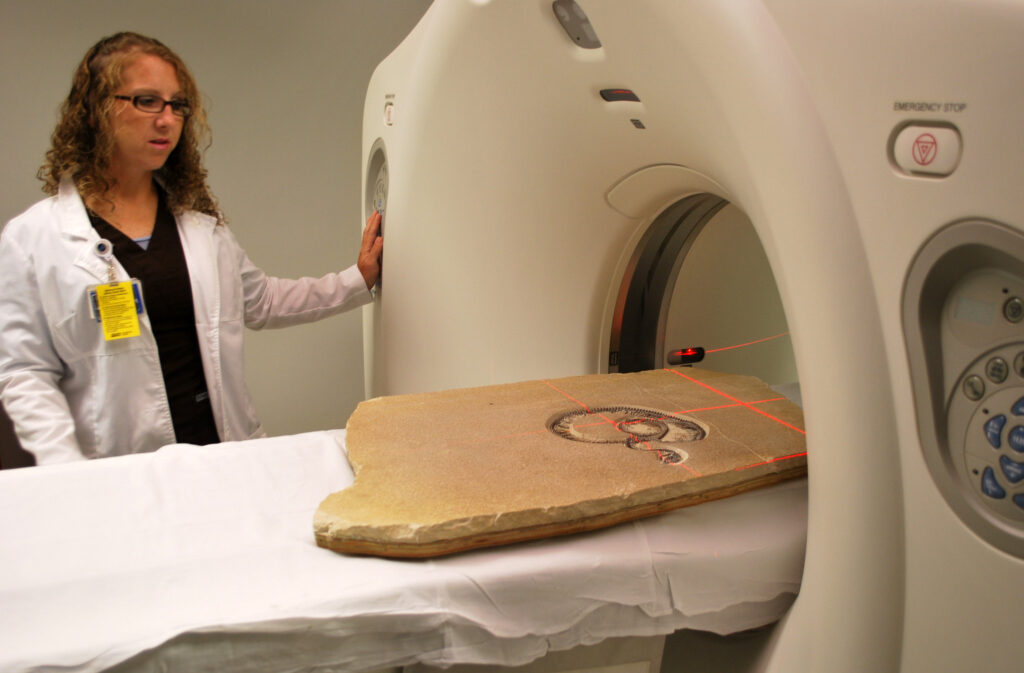
Despite current uncertainties, paleontologists continue working toward a more stable and accurate dinosaur family tree. Several promising approaches may help resolve current controversies. The continued discovery of new fossils, particularly from underrepresented time periods and regions, will fill critical gaps in our understanding. Improved CT scanning technology allows researchers to examine internal anatomical features without damaging specimens, revealing previously inaccessible details. Developmental studies of living birds, the only surviving dinosaurs, provide insights into how certain anatomical features evolved. Interdisciplinary approaches that combine traditional paleontology with biomechanics, evolutionary developmental biology, and ecology are yielding new perspectives on dinosaur relationships. Most importantly, methodological advances in phylogenetic analysis are helping researchers better account for missing data and convergent evolution. While a perfect consensus may never emerge, these approaches will likely lead to a more robust understanding of dinosaur evolution in the coming decades.
The Bigger Scientific Picture
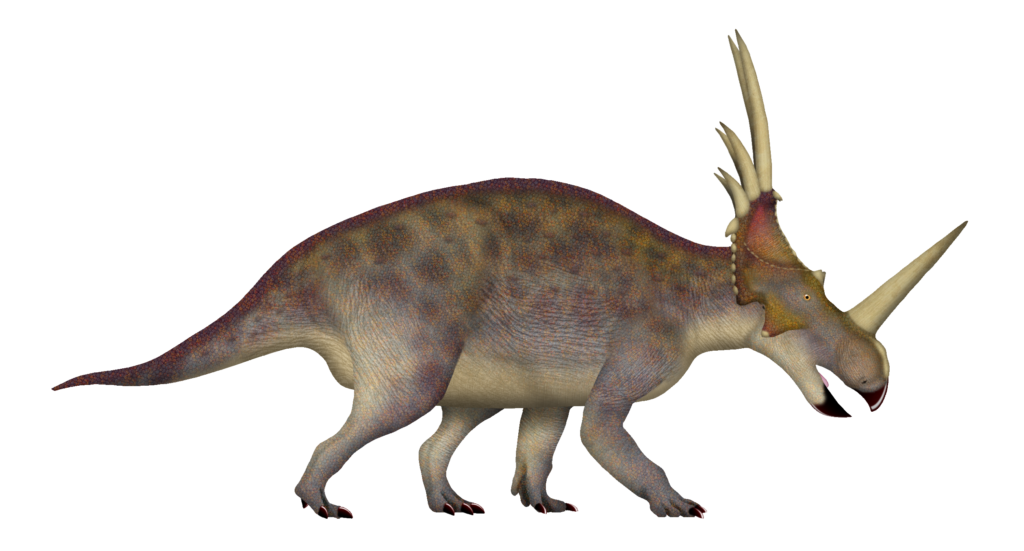
The unsettled state of dinosaur classification mirrors similar situations across biology as traditional taxonomies confront new evidence and analytical methods. From microbial classification revolutionized by genomics to primate evolution clarified by ancient DNA, many branches of the tree of life are undergoing significant revision. These parallel situations remind us that taxonomy is ultimately a tool for understanding evolutionary relationships, not an end in itself. The goal isn’t a neat, unchanging classification system, but rather an accurate representation of how life evolved over time. The messiness of current dinosaur taxonomy reflects the complexity of evolution itself, which rarely proceeds in the simple, linear fashion that traditional classification systems imply. By embracing this complexity rather than fighting against it, paleontologists can develop more nuanced models of dinosaur evolution that better capture the rich, branching history of these animals over their 165+ million year reign.
Why Taxonomic Uncertainty Benefits Science
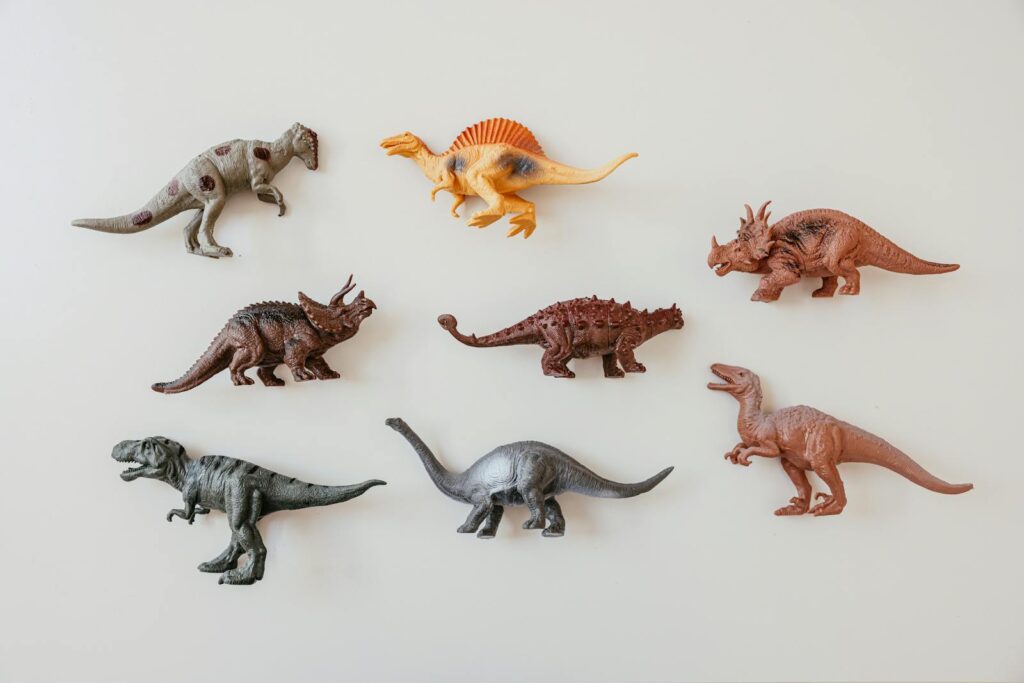
The current state of flux in dinosaur classification, while unsettling to some, ultimately strengthens paleontology as a scientific discipline. Competing hypotheses drive focused research to test specific predictions, generating new data that might otherwise remain uncollected. The controversy surrounding the Ornithoscelida hypothesis, for instance, has motivated researchers to reexamine previously overlooked anatomical features in critical fossil specimens. Taxonomic uncertainty also promotes methodological innovation as scientists develop new analytical approaches to resolve classification problems. Perhaps most importantly, the current situation reminds both scientists and the public that science is a process of continuous refinement rather than a static collection of facts. The willingness to question long-established frameworks based on new evidence demonstrates the self-correcting nature of scientific inquiry. Rather than viewing the messy dinosaur family tree as a failure, we should recognize it as evidence of a healthy, vibrant scientific field actively improving our understanding of life’s evolutionary history.
The current uncertainty in dinosaur classification represents not a crisis but an opportunity—a chance to develop a more accurate and nuanced understanding of these fascinating animals. As new fossils are discovered and analytical methods improve, the dinosaur family tree will continue to evolve, potentially in surprising ways. This ongoing refinement, though sometimes confusing, is the very essence of scientific progress. The messy state of dinosaur taxonomy doesn’t indicate failure; rather, it reflects a field experiencing rapid advancement and critical self-examination. By embracing this uncertainty and the debates it generates, paleontologists are moving toward a richer, more accurate understanding of dinosaur evolution—one that better captures the complex reality of how these remarkable creatures evolved and diversified across millions of years of Earth’s history.

